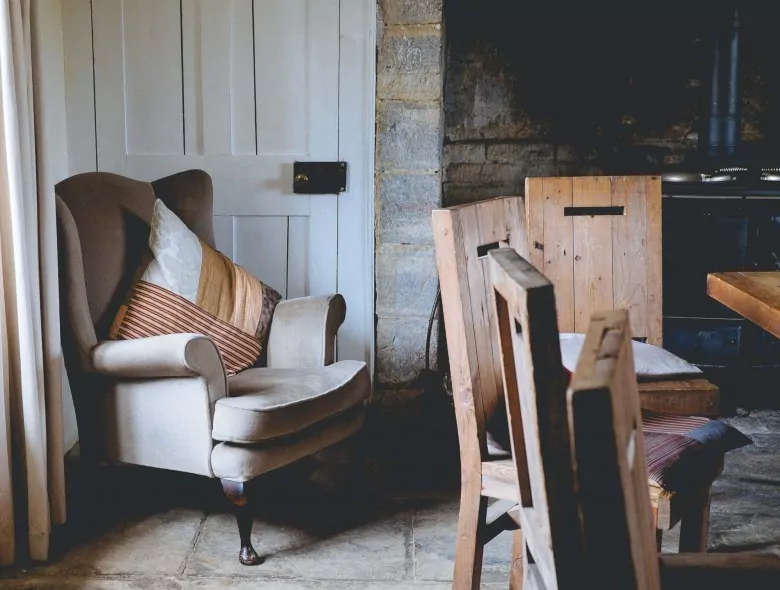If you are in Japan, renovation information is plenty but DIY home renovation info can be hard to come by. Here we’ll discuss different types of house renovation such as Akiya and Danchi apartments and renovation business and DIY tips.

Why Renovation is Rare in Japan
In Japan, renovation isn’t as common as it is in some other countries. Usually, buildings are torn down and completely rebuilt. It is rare to find as many old buildings as you would in other countries. New and modernized buildings are much more valued.
Since there was such a high need for housing after the second world war, homes needed to be built quickly, so durability and quality weren’t the priority. This trend has continued into the modern-day.
The modern houses aren’t built to last, and their expected lifespan is around 30 years before they get knocked down and rebuilt.
Furthermore, another incentive for rebuilding has been the development of better earthquake resistance housing.

The Rise of Home and Apartment Renovation Business in Japan
Despite the love of new builds, there is now an increasing interest in Akiya house renovation projects. People have begun to migrate out of the cities for a more peaceful, mindful, and quiet life. This has become even more popular with the pandemic and the rise in work-from-home jobs. Access to nature and space are being prioritized over the convenience and excitement of city life.
Old buildings like Akiya are great for those wanting more space and DIY aficionados who wants to create their own home. If you don’t want it to be a DIY project, you can still find a renovation business to help you with the process.
Also on the rise, companies such as Village House are working on renovating Danchi apartments and breathing new life into them. Since Danchi were designed for convenience in the city, the groups of large apartment blocks form a neighborhood.
Not only does the layout encourage a friendly and communal neighborhood, but Danchi are perfectly located to important train stations, supermarkets, schools, and hospitals, so it seems a shame for them to not be used. Once renovated, Danchi apartments are the most convenient, low-cost, comfortable, and modern living spaces. Village House offers numerous renovated apartments so be sure to check out this website for more information!
Both Danchi and Akiya living spaces aim to re-use living spaces and, with the help of a renovation business, adapt them into exciting modern homes.

Akiya House DIY Renovation
In Japan, renovation of Akiya houses is becoming increasingly popular. There are a large number of abandoned homes in Japan. This is due to the declining population and the migration of many people into the big cities. These abandoned houses are known as Akiya and they are one of the main sources of income for any renovation business in Japan.
Akiya is normally located in the inaka, the Japanese countryside. Due to the depopulation of many inaka areas in Japan, Akiya homes can be isolated – and a far cry from cramped apartments in the center of Tokyo.
Akiya is extremely cheap to buy in Japan – renovation can be costly, however. Often Akiya house renovation will cost about 2-3 times the asking price of the home. Renovations are necessary since most of the houses have been abandoned for a long time.
The kitchens and toilets in Akiya are rudimentary at best. Since they’re older buildings, kitchen appliances are dated, and the toilets are normally squat toilets. This is where you may want to enlist the help of a renovation business! Repairs, wiring, and soundproofing are often needed to modernize homes.
These large abandoned houses do have an allure. They make great canvases for inspired house renovation or DIY projects. They are normally very large and often have expansive gardens too.
The homes are filled with history and character, so they are perfect for those interested in DIY and interior design. With a good deal of money and time investments, Akiya can turn into people’s dream homes.

Danchi Renovation
Since in Japan, renovation is fairly uncommon, the large and once-exciting Danchi buildings declined in popularity. Danchi apartment blocks were first established after the second world war when there was a housing crisis and young families wanted to move to the cities.
Danchi were popular large apartment blocks that were available for a low price and helped solve the housing crisis. After decades, people began to move into mansion apartments and other modern buildings that were built quickly, knocked down, and then rebuilt. The Danchi began to empty.
Recently, there has been an increasing trend in companies such as Village House working to re-use and renovate Danchi apartments into modern and affordable housing. Be sure to check the Village House website for affordable apartment rental options!
Renovated Danchi apartments have been re-designed to suit modern minimalist trends, with brands such as MUJI getting involved. The Danchi buildings were designed as social housing, so their location and structure encourage social communities, as well as being close to stations, stores, hospitals, and schools.
Due to the low cost of Danchi, apartment owners may have more of an allowance to renovate their apartment too! Learn more about the Danchi trend in our blog article here.
Though renovation is rare in Japan, it is certainly on the uptrend with the changing of generations and the population, and they have benefits far beyond the low cost of them!



